News Beat
News Beat reporting is an idrw.org initiative to let our Readers to report News Based on Actual facts but some how has not been reported in Main Stream Media .
SOURCE: RAUNAK KUNDE / NEWS BEAT / IDRW.ORG

India’s National Aerospace Laboratories (NAL) is soaring high with its High-Altitude Pseudo Satellite (HAPS) project, recently completing successful flight tests of a subscale model. This innovative platform holds promise for various applications, including communication, surveillance, and environmental monitoring.
From January 23rd to February 2nd, NAL conducted extensive test flights at DRDO’s Aeronautical Test Range in Karnataka. The 12-meter wingspan subscale model, weighing just 22 kg, completed 22 sorties and logged a total of 37 flight hours.
Continue readingSOURCE: RAUNAK KUNDE / NEWS BEAT / IDRW.ORG

In the wake of the Ukraine war and recognizing the evolving needs of modern warfare, India is planning a significant upgrade to its fleet of 1450 Russian T-90 Main Battle Tanks (MBTs). This upgrade aims to address two key areas: increased armour protection and enhanced firepower. To accommodate these advancements and the additional weight they may bring, the Indian Army is exploring a powerful new engine – the DRDO-developed DATRAN 1500hp.
The ongoing conflict in Ukraine has served as a stark reminder of the importance of robust tank Armour and firepower in modern battlefields. Witnessing the performance of the T-90s in the war, the Indian Army seeks to equip its fleet with improved Armour and next-generation weaponry to ensure their effectiveness in diverse terrains and against evolving threats.
Continue readingSOURCE: RAUNAK KUNDE / NEWS BEAT / IDRW.ORG
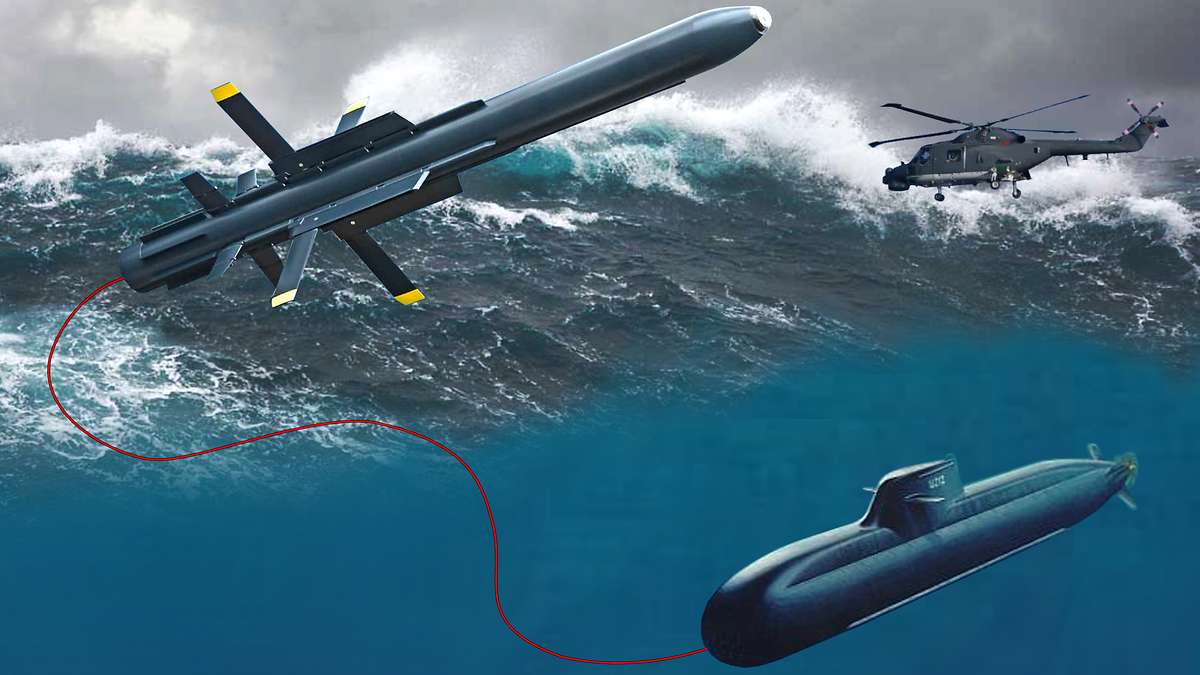
German defence giant ThyssenKrupp Marine Systems (TKMS) has presented India with a potentially groundbreaking offer: the HDW 212A submarine equipped with the cutting-edge IDAS anti-air missile system. This marks a significant development in submarine technology, raising questions about its potential impact on the future of underwater warfare.
The HDW 212A, if acquired by India, would be the first conventional diesel submarine armed with an anti-air defence system. This system, the IDAS (Interactive Defence and Attack System for Submarines), is currently under development but showcases innovative features.
Continue readingSOURCE: RAUNAK KUNDE / NEWS BEAT / IDRW.ORG
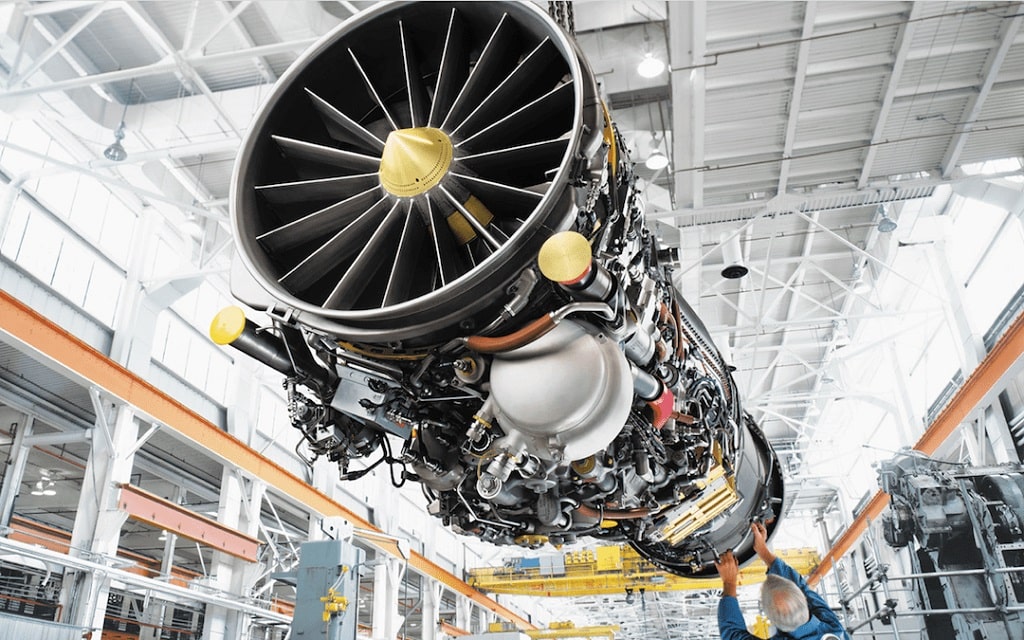
After an 18-month hiatus due to order shortfalls, GE Aerospace is roaring back with F404-GE-IN20 engine deliveries for India’s LCA-Tejas Mk1A program. Whispers also suggest an even bigger commitment: the Indian Air Force (IAF) mulls an additional 97 Mk1A jets, beyond the 83 already contracted.
This surge in demand has sparked a potential partnership between GE and India. Sources reveal plans to establish a GE Aerospace subsidiary in the country, specifically for maintaining these engines. The goal? Independent engine upkeep, separate from state-owned HAL’s F-414 engine manufacturing activities.
Continue readingSOURCE: RAUNAK KUNDE / NEWS BEAT / IDRW.ORG
Facing ongoing supply chain issues with Russia, the Indian Air Force (IAF) is taking a strategic leap by seeking private sector expertise to repair, overhaul, and maintain its fleet of Russian-origin aircraft and helicopters. This ambitious plan aims to ensure the continued high availability of these crucial assets, including the Sukhoi Su-30MKI fighter jets, MiG-29 fighters, An-32 transport aircraft, and Mi-17 helicopters.
Under the new model, private companies will collaborate with original equipment manufacturers (OEMs) to either locally manufacture essential spares or directly source them. This not only promises to streamline procurement but also fosters an indigenous defence ecosystem. The IAF envisions the private partners deploying their skilled workforce, further bolstering technical expertise within the country.
Continue readingSOURCE: RAUNAK KUNDE / NEWS BEAT / IDRW.ORG
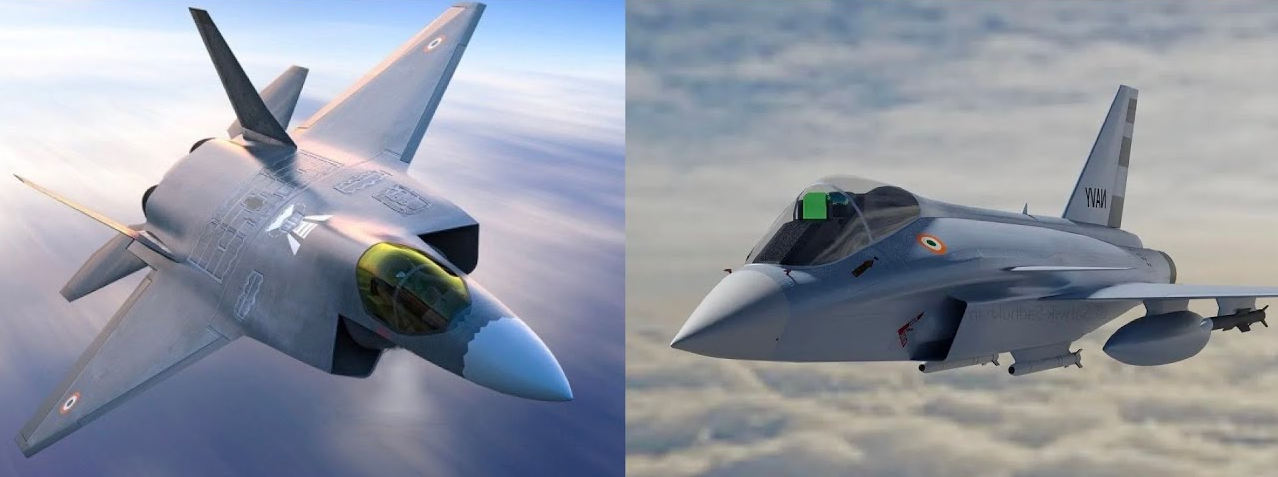
India’s quest for self-reliance in advanced fighter jet technology remains on track, albeit facing delays and budgetary hurdles. Two ambitious projects, the fifth-generation Advanced Medium Combat Aircraft (AMCA) and the 5 Minus Twin Engine Deck Based Fighter (TEDBF), stand poised to propel the Indian Air Force and Indian Navy, respectively, to the forefront of aerial combat.
The highly anticipated AMCA, designed with stealth capabilities to rival the likes of the F-35, has encountered an unexpected pause. Initial projections of Cabinet Committee on Security (CCS) clearance in mid-2023 haven’t materialized, pushing the decision to at least after the upcoming general elections. Officials, however, remain optimistic, suggesting clearance by mid-year 2024. This project carries a hefty price tag of over Rs 15,000 crore, highlighting the immense investment India is willing to make in bolstering its airpower.
Continue readingSOURCE: RAUNAK KUNDE / NEWS BEAT / IDRW.ORG
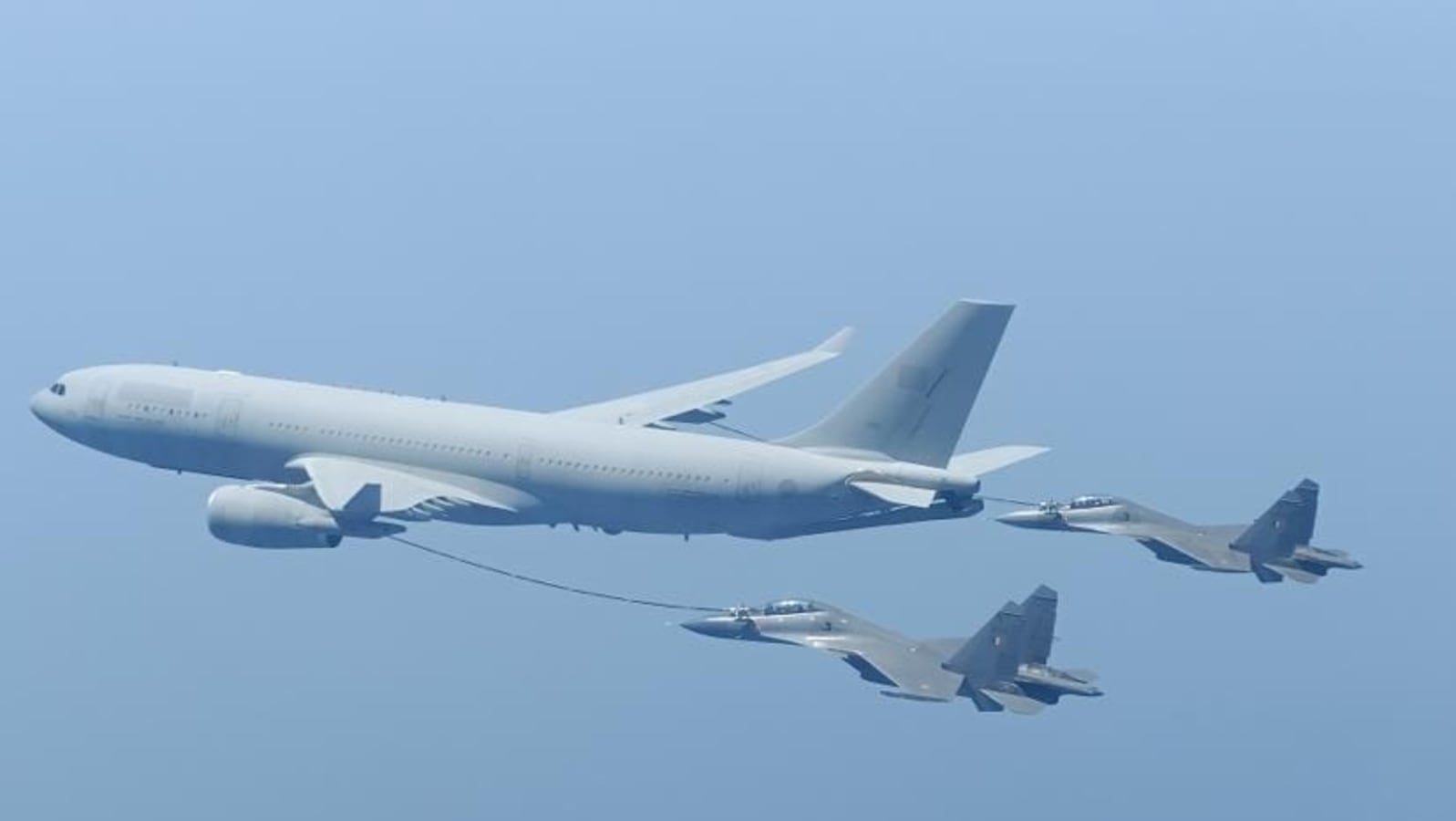
The Indian Air Force’s (IAF) long-awaited plan to procure six Flight Refueling Aircraft (FRA) is finally gaining momentum. In the coming weeks, the IAF is set to invite global bids for these vital aerial assets, marking a significant step towards enhancing its long-range operational capabilities.
The IAF is seeking bids for both Boeing and Airbus platforms, opening up the competition to a wider range of contenders. The IAF to seek pre-owned Boeing and Airbus commercial aircraft, specifically the 737-700 and 800 models from Boeing and the A321 platform from Airbus. These aircraft will undergo conversion into military-grade FRAs, equipped with specialized systems and equipment for mid-air refueling of fighter jets.
Continue readingSOURCE: RAUNAK KUNDE / NEWS BEAT / IDRW.ORG

Greece is looking to sell its retired Mirage 2000 fighter jets, with India emerging as a potential buyer. This development comes amidst the ongoing modernization of the Indian Air Force (IAF), which currently operates the same type of aircraft. However, the age and technical specifications of the Greek Mirage 2000s raise questions about their suitability for India’s needs.
Greece is offering 18 Mirage 2000 EGMs and BGMs, retired in January 2022 with the arrival of more advanced Rafale jets. These aircraft were purchased in the late 1985 and grounded due to a lack of support, according to Greek officials. They claim the jets haven’t completed their technical lifespan, but concerns remain about their outdated technology.
Continue readingSOURCE: RAUNAK KUNDE / NEWS BEAT / IDRW.ORG
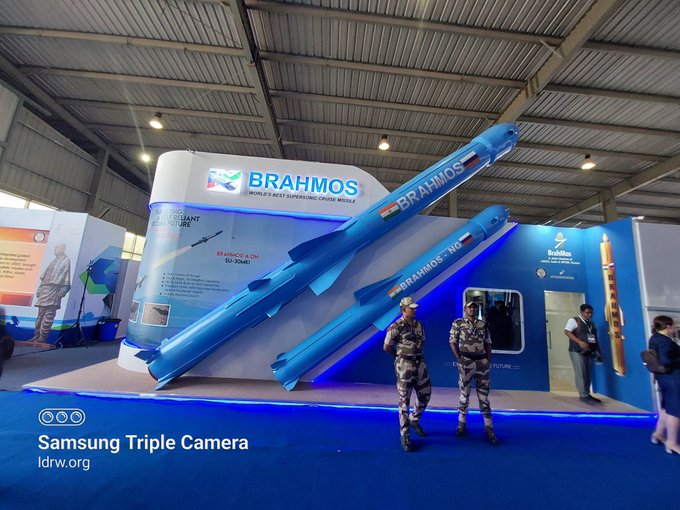
The next-generation BrahMos cruise missile, a joint project between Russia and India, is set for its first test flights by the end of 2025, according to Praveen Pathak, General Manager for Market Promotion & Export at BrahMos Aerospace.
Speaking at the World Defense Show in Riyadh, Pathak revealed that the development of BrahMos-NG is progressing smoothly, with production of flight test prototypes running parallel to the construction of a dedicated production plant. This facility is expected to begin operations in late 2025 or early 2026.
Continue readingSOURCE: RAUNAK KUNDE / NEWS BEAT / IDRW.ORG
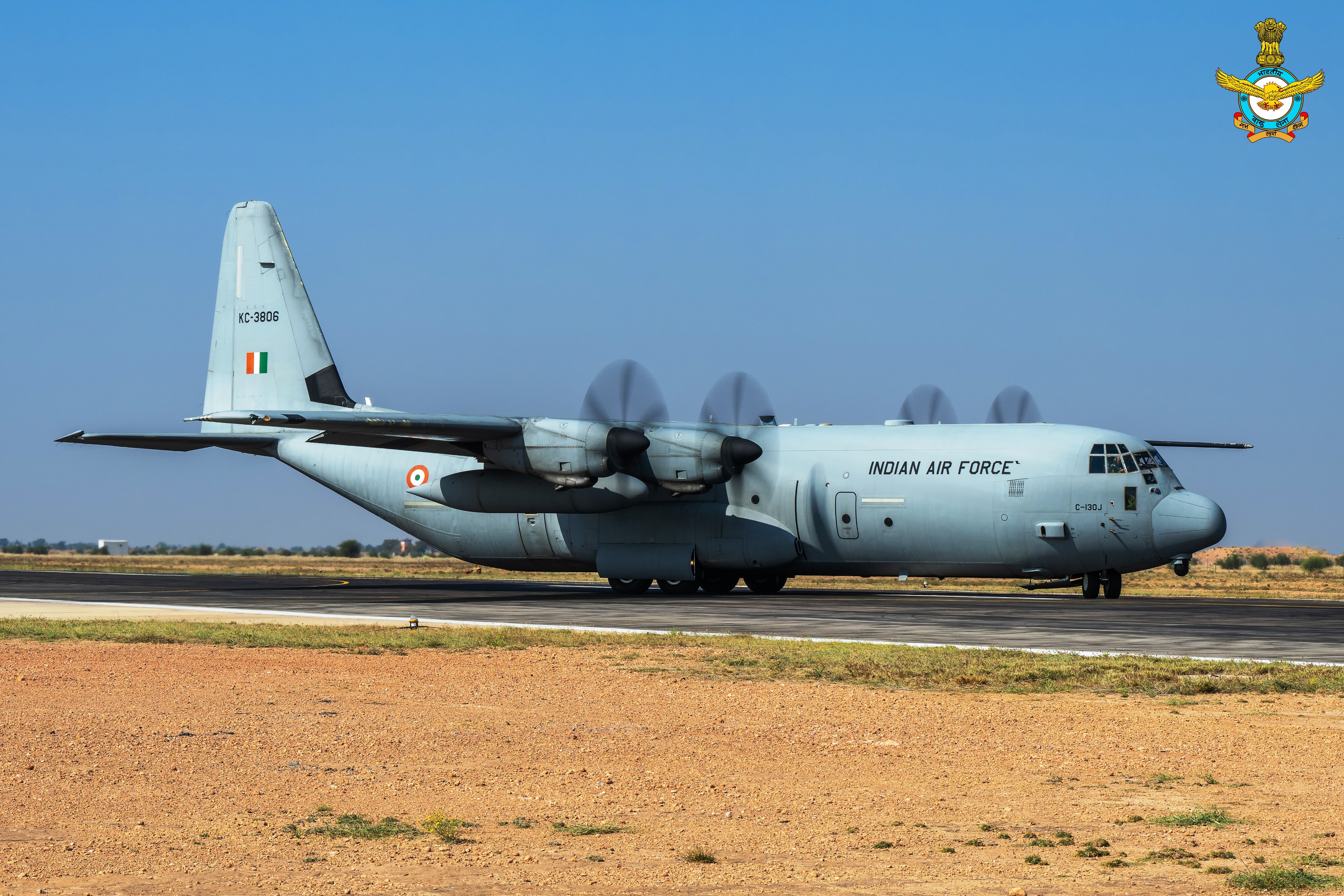
In a bid to secure the Indian Air Force’s (IAF) Medium Transport Aircraft (MTA) contract, Lockheed Martin has unveiled a strategy that emphasizes increased Indian content and a focus on the Indo-Pacific market. This move aims to address India’s Make in India initiative and potentially sway the decision in favour of the C-130J Super Hercules turboprop airlifter.
Lockheed Martin has committed to significantly increasing the supply of C-130J components manufactured in India. This includes expanding the role of Tata Lockheed Martin Aerostructures Ltd, the sole supplier of the aircraft’s tail structure (empennages). The Indian plant will not only cater to the 80 MTAs for the IAF but also serve as a manufacturing hub for the Indo-Pacific region, where many countries still operate older C-130 variants and are looking to upgrade.
Continue readingSOURCE: RAUNAK KUNDE / NEWS BEAT / IDRW.ORG

The Indian Air Force’s MiG-29K fighter jets are about to undergo a significant transformation, thanks to a new locally-developed mission computer and a host of Indian weapons systems. Hindustan Aeronautics Limited (HAL), India’s state-owned aerospace and defence behemoth, has successfully tested the new mission computer and is now gearing up for phase upgrades of the entire MiG-29K fleet.
The new mission computer, a crucial element of the upgrade, is the key to unlocking the integration of Indian weapons systems onto the MiG-29K. Previously, the aircraft’s dependence on Russian technology limited its armament options. With the new system, the Indian Air Force can finally equip its MiG-29Ks with a formidable arsenal of locally developed and proven weaponry.
Continue readingSOURCE: RAUNAK KUNDE / NEWS BEAT / IDRW.ORG
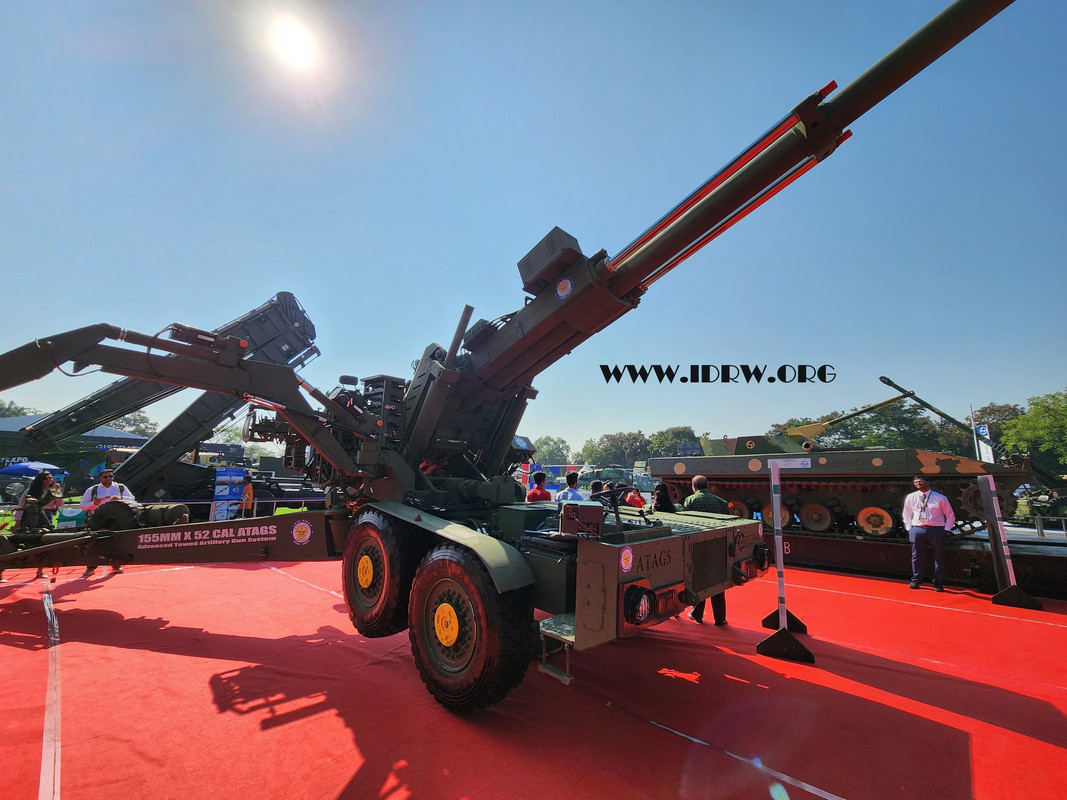
The Indian Army, taking cues from the lessons learned in the ongoing Ukraine war, is prioritizing the development of a highly mobile and lethal artillery system known as the Towed Gun System (TGS). This decision comes on the heels of the Army receiving an Acceptance of Necessity (AoN) for the project from the Defence Acquisition Council (DAC).
One of the key takeaways from the war in Ukraine is the critical importance of rapid artillery displacement. Defence experts have highlighted the vulnerability of towed artillery that takes more than 10-15 minutes to set up and relocate. In a modern battlefield with drones and counter-battery fire, such sluggishness can prove fatal.
Continue readingSOURCE: RAUNAK KUNDE / NEWS BEAT / IDRW.ORG

IIT Madras, a leading Indian institute of technology, and Munitions India Limited (MIL), a defense public sector enterprise, have joined forces to develop India’s first indigenously designed 155mm smart ammunition. This landmark collaboration marks a significant step towards self-reliance in India’s defense sector.
The primary objective of this project is to significantly enhance the accuracy of the 155mm shell. The smart ammunition aims to achieve a circular error probable (CEP) of 10 meters, a drastic improvement compared to traditional rounds. This precision will be achieved through guidance by ISRO’s NavIC satellites, offering a staggering 50 times improvement in accuracy.
Continue readingSOURCE: RAUNAK KUNDE / NEWS BEAT / IDRW.ORG
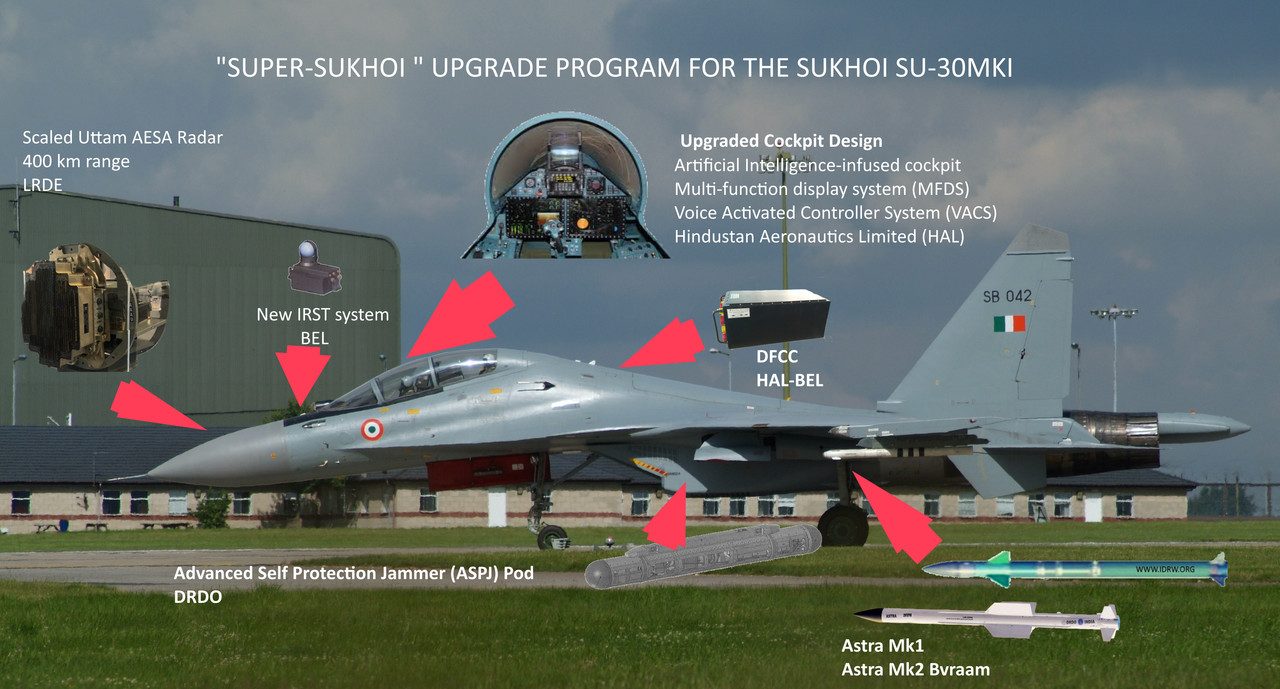
Hindustan Aeronautics Limited (HAL), India’s state-owned aerospace and defence behemoth, has unveiled a three-phase plan to revamp the Indian Air Force’s (IAF) formidable Sukhoi-30MKI fighter fleet. This strategic approach balances the IAF’s critical need for operational fighter jets with the cost and time constraints of such a massive upgrade program.
With over 250 Sukhoi-30MKIs in its arsenal, the IAF relies heavily on these versatile fighter jets for air dominance and strike missions. Recognizing the need to keep this fleet modern and combat-ready, HAL has devised a phased upgrade program, prioritizing older aircraft first.
Continue readingSOURCE: RAUNAK KUNDE / NEWS BEAT / IDRW.ORG
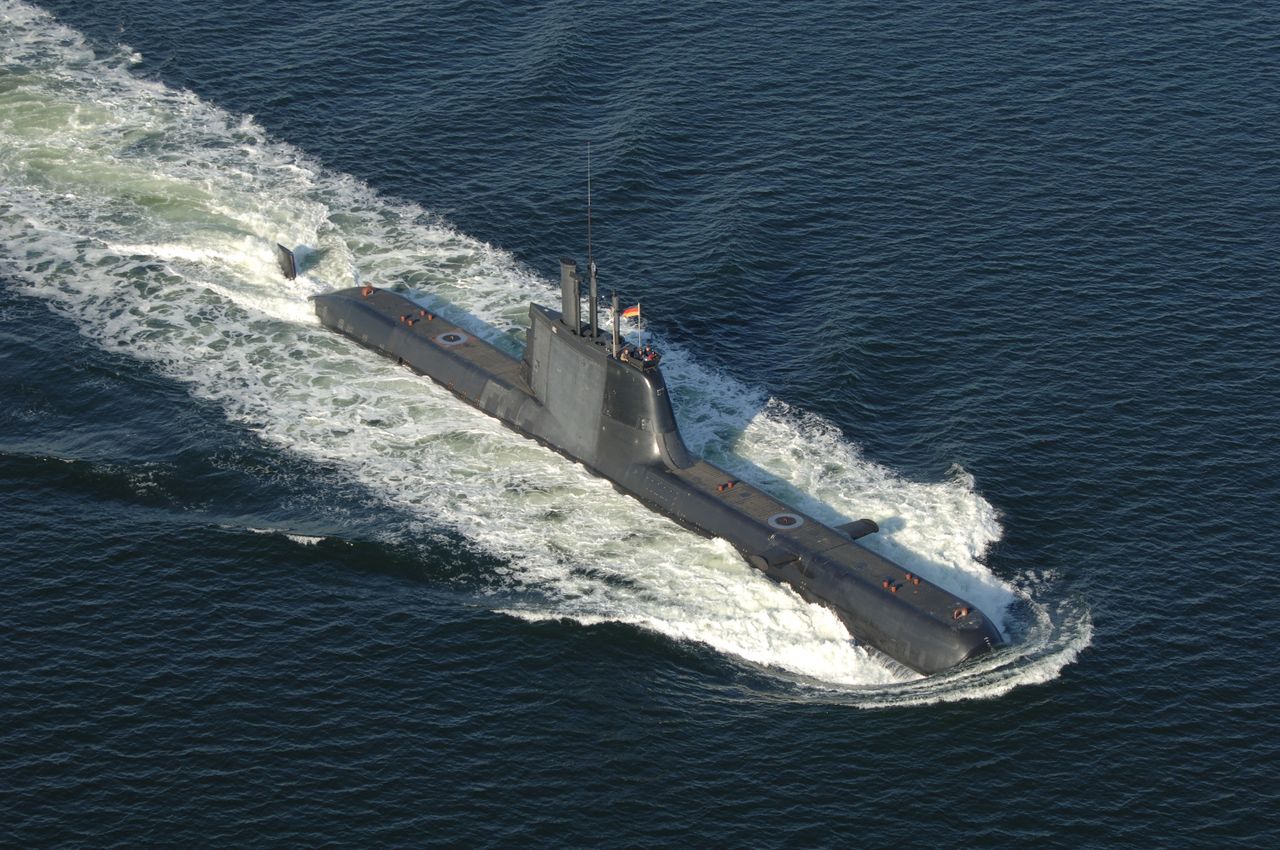
Amidst a sluggish pace in India’s Project-75I tender for six conventional diesel submarines, German defence giant Thyssenkrupp Marine Systems (TKMS) has made a bold move. German officials, during a recent visit to India, presented a comprehensive roadmap for a direct government-to-government (G2G) sale of their advanced U-214/212 submarines. This comes as a potential alternative to the tender process, which is expected to take a significant 3-5 years to finalize.
India’s Project-75I tender has attracted two major contenders: TKMS from Germany and Navantia from Spain. Both companies have offered their latest submarines equipped with next-generation Air Independent Propulsion (AIP) systems and lithium-ion battery technology, promising extended underwater endurance – a crucial factor for Indian naval operations. However, while Navantia is participating in the tender process, TKMS is pushing for a quicker and potentially more lucrative G2G deal.
Continue reading